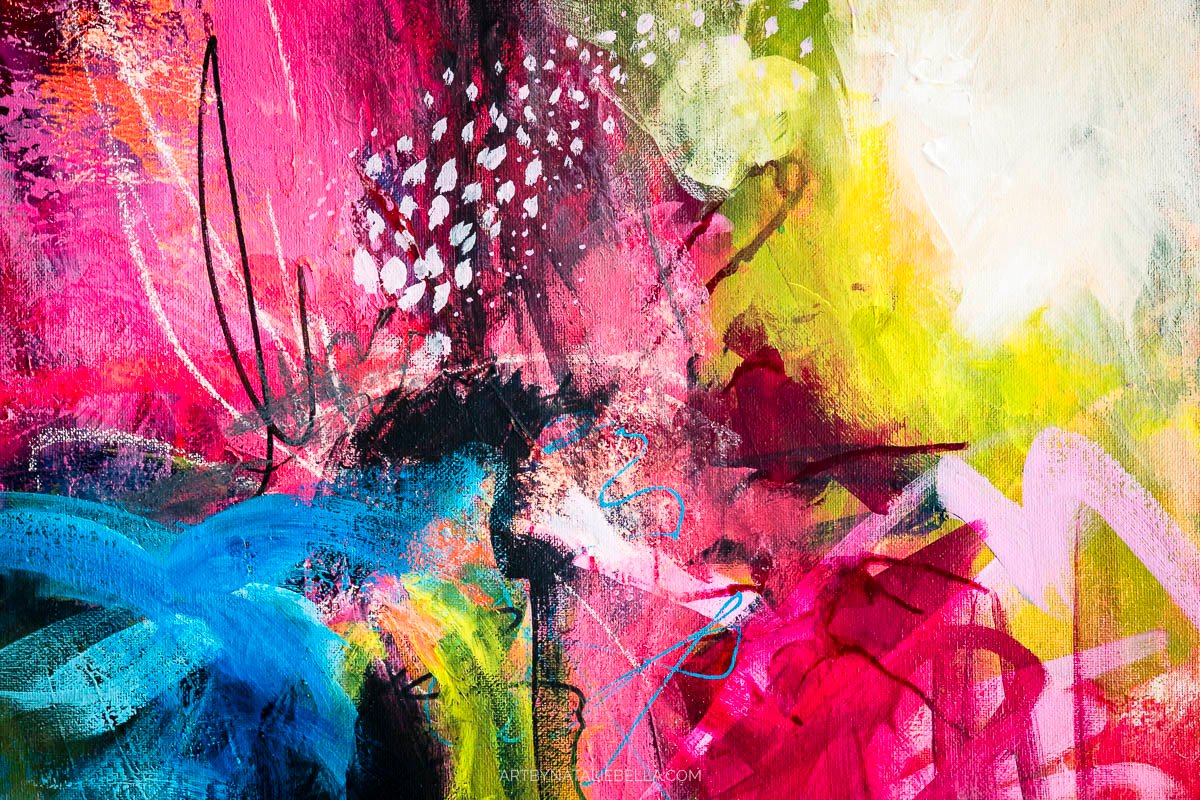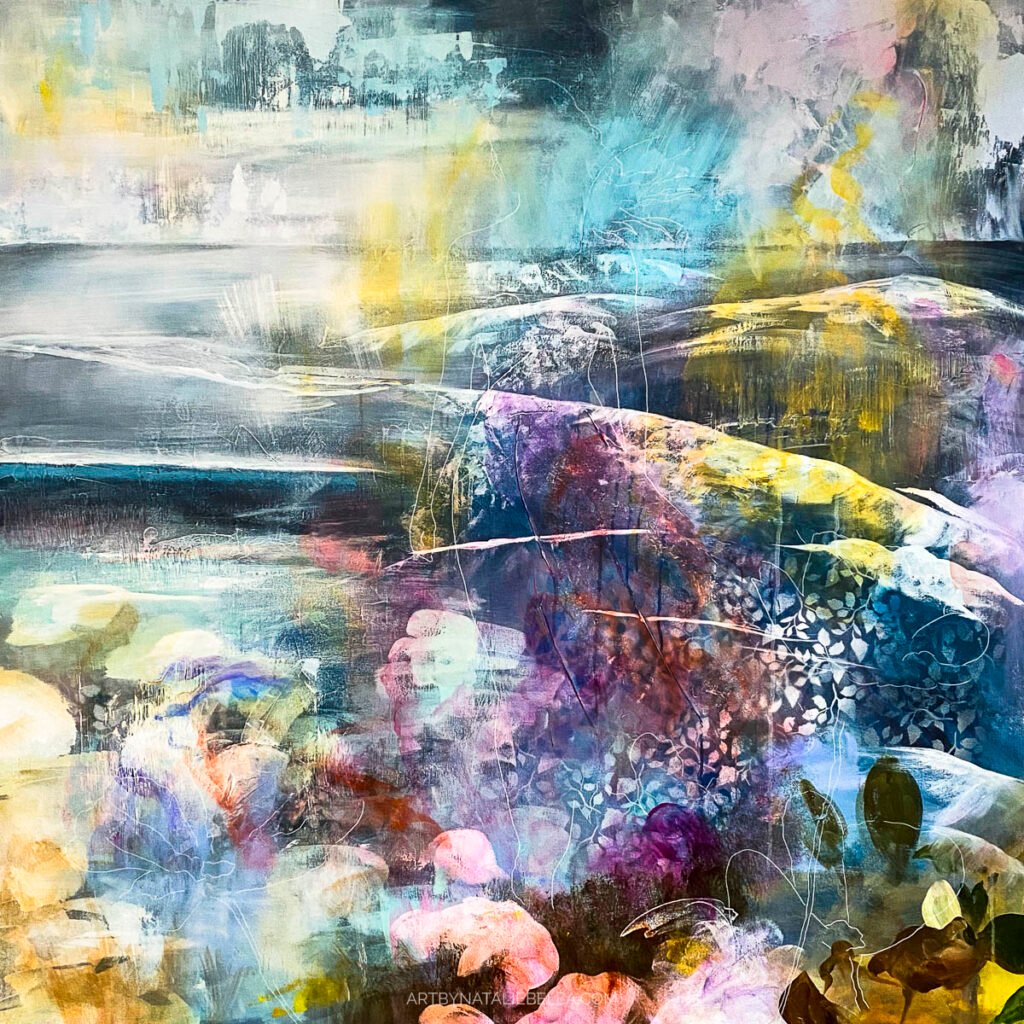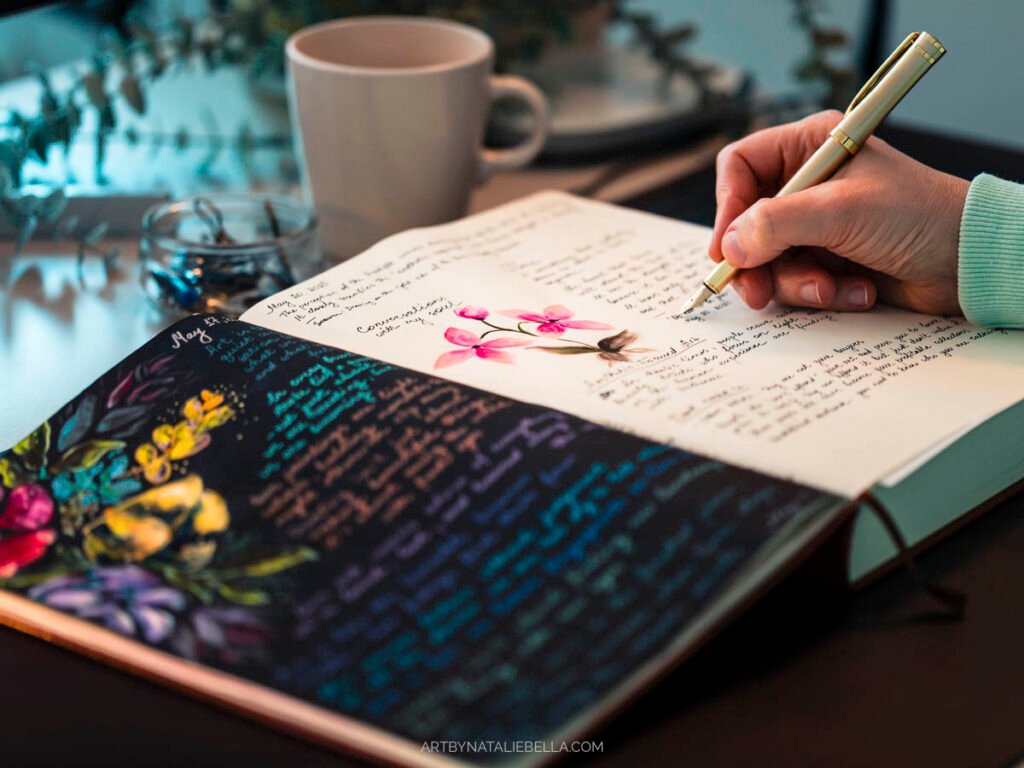Address
304 North Cardinal
St. Dorchester Center, MA 02124
Work Hours
Monday to Friday: 7AM - 7PM
Weekend: 10AM - 5PM
Address
304 North Cardinal
St. Dorchester Center, MA 02124
Work Hours
Monday to Friday: 7AM - 7PM
Weekend: 10AM - 5PM
Your personal aesthetic is more than what looks pretty—it's what speaks to your soul. Here's how to discover what truly moves you.

Your personal aesthetic isn’t just about what looks pretty—it’s about what speaks to your soul. It’s that feeling you get when you walk into a room and everything just feels right, or when you see a piece of art that makes you pause and breathe a little deeper.
I’ve spent years exploring this through both my photography and painting, and I’ve learned that our aesthetic is like our creative fingerprint. It’s deeply personal and constantly evolving, shaped by our experiences, memories, and the things that bring us genuine joy.
Personal aesthetic goes far beyond the visual. It’s about what something means to us on an emotional level. When I paint a surreal, out-of-this-world landscape, it’s not just about the beauty of the landscape—it’s about the magic of my internal world that I tap into during glimpses of flow I experience when immersed in painting.
Your aesthetic is your unique way of seeing and experiencing beauty. It’s influenced by your childhood memories, the places you’ve lived, the people you love, and even the books that have changed you. That’s the power of personal aesthetic—it carries our stories.

Here’s something I’ve learned through my own creative struggles: sometimes our aesthetic choices can be reactions to pain rather than expressions of joy. I call this creating from hurt—when unhealed wounds influence what we think is beautiful.
Maybe you’re drawn to harsh, angular compositions because you’re angry. Or perhaps you only choose muted colors because you don’t feel worthy of vibrancy. While there’s nothing wrong with processing emotions through aesthetic choices, it’s important to recognize when we’re creating from a place of reaction rather than authentic inspiration.
The goal is to find beauty that exists beyond our struggles—to create from a place of healing rather than hurt. This doesn’t mean ignoring difficult emotions, but rather allowing space for beauty that isn’t defined by them.
Start by looking around you right now. The things you’ve personally chosen are breadcrumbs leading to your authentic aesthetic. Take a moment to really notice:
In Your Closet: What textures do you reach for? Are you drawn to flowing fabrics or structured pieces? Do you gravitate toward earth tones or bold colors? I notice I consistently choose pieces with organic shapes and natural fibers—a reflection of my connection to nature.
Your Living Space: Walk through your home with fresh eyes. What wall art did you choose and why? What objects sit on your shelves? How do you arrange your furniture? Even the way you organize your kitchen can reveal aesthetic preferences.
Your Digital Spaces: Look at your phone’s photo gallery. What images did you capture? Your Instagram saves can be particularly revealing—they show what stopped you mid-scroll and made you think “I want to remember this.”
Natural Attractions: Where do you feel most at peace in nature? Misty forests, sun-drenched beaches, mountain meadows? The environments that restore you often mirror your aesthetic preferences.

Once you’ve identified some patterns, ask yourself why these things appeal to you.
That vintage brass lamp you couldn’t resist at the antique shop—does it remind you of your grandmother’s house? Those flowing curtains you chose—do they make you feel like you’re living in a dreamy European cottage you once visited?
Our aesthetic choices often connect to positive memories and feelings of safety, love, or wonder. When I analyze my own work, I see the influence of childhood summers spent at my grandmother’s village with blooming meadows that I was running through barefoot, and the morning walks on the beach from when we lived in Florida.

There’s a difference between building an aesthetic and discovering your authentic one. Building often involves looking outward—copying trends, following influencers, or trying to fit into a particular style category.
Discovering your aesthetic is an inward process. It’s about paying attention to what genuinely moves you, even if it doesn’t fit neatly into current trends or popular styles.
Some practical ways to tune into your authentic aesthetic:
Keep a Beauty Journal: When something catches your eye—a shadow pattern on a wall, the way someone arranged flowers, an interesting color combination—jot it down or snap a photo. Over time, you’ll start to see patterns.
Notice Your Physical Responses: What makes you feel calm? Energized? Inspired? Your body often recognizes your aesthetic before your mind does.
Explore Your Childhood: What did you love to look at as a child? What felt magical or beautiful to you then, before outside influences shaped your taste?
Pay Attention to Envy: Sometimes we feel drawn to someone else’s aesthetic because it reflects something we want to express but haven’t given ourselves permission to explore.
Remember that your personal aesthetic isn’t static. It grows and changes as you do. The colors that spoke to me five years ago feel different now, and that’s okay. Life experiences, new places, relationships, and personal growth all influence how we see and create beauty.
What matters is staying connected to what feels authentic to you in this moment, while remaining open to evolution. Trust your instincts, even when they lead you somewhere unexpected.
Your aesthetic is one of the most intimate expressions of who you are. It deserves to be honored, explored, and celebrated—not because it’s perfect or matches anyone else’s vision of beauty, but because it’s genuinely, authentically yours.
What elements of your personal aesthetic are you just beginning to discover? I’d love to hear about the patterns you’re noticing in your own creative and aesthetic choices.